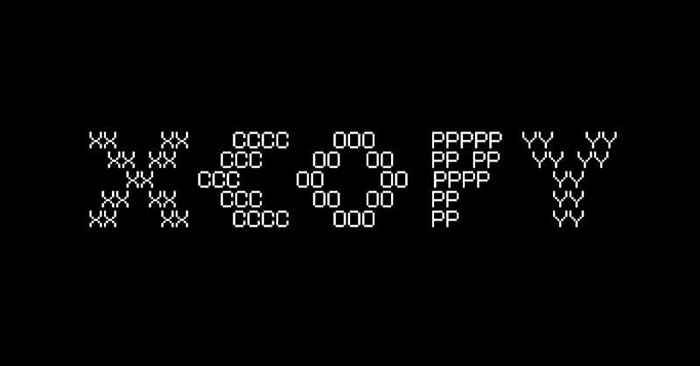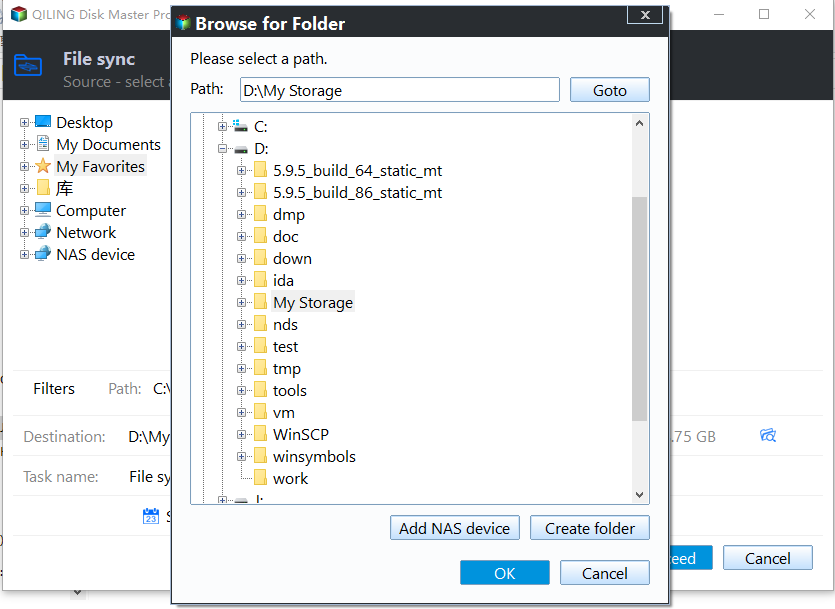Best Xcopy Alternative in Windows 11, 10, 7, XP (Video Tutorial)
🌟 Video Guide: How to Copy Files with Xcopy Alternative
About Xcopy Command in Windows
The XCOPY command is a versatile utility that allows you to copy files and directories from one location to another. Unlike the Copy command, XCOPY provides additional switches to specify both the source and destination in detail. This makes it an ideal choice for tasks that require more control over the copying process.
The xcopy32 command is an older utility that was used to copy files and directories in MS-DOS and early versions of Windows. However, it is not recommended to use this command directly, as the Xcopy command is a more versatile and powerful tool that can be used in all versions of Windows and MS-DOS.
The Xcopy command is available from within the Command Prompt in most current operating systems such as Windows 10, Windows 8, Windows 7, Windows XP, Windows Vista and Windows 98. The Xcopy command is also DOS command available in MS-DOS. Click Windows Xcopy Command to see more.
Why Need Xcopy Alternative in Windows 11/10/7?
Despite the power and versatility of the Xcopy command, there are situations where it may not work as expected. This is where the Xcopy equivalent comes in, providing an alternative solution for file copying needs.
Usually, Xcopy failes to copy files with return error code number from 0 to 5. Among which, code 2 and code 4 are the most common seen codes. Based on the document of Microsoft, code 2 means the user pressed CTRL + C to terminate xcopy, which can be corrected easily.
And the code 4 represents initialization error occurred. There is not enough memory or disk space, or you entered an invalid drive name or invalid syntax on the command line. In that case, you can initialize disk in another way or try another drive name and syntax.
Xcopy is a powerful command-line tool for copying files, but it has some limitations. One of the main issues with Xcopy is that it cannot copy open files. This is because Xcopy does not use the Windows Volume Shadow Copy service, which is necessary for backing up living operating system volumes. As a result, Xcopy is not a good choice for backing up operating system volumes.
Best Alternative to Xcopy for Windows
Qiling Disk Master Professional is a user-friendly command-line tool that enables Windows PC users to backup and recover files with ease. This powerful solution comes with a GUI interface called DiskMasterUI.exe, making it simple to use even for those who are not familiar with command-line interfaces.
Backing up living operating system volumes and open files (hot backup/clone/sync) with incremental/differential backup is available as well.
You have choices to compress and split backup image, and password encrypt backup images during the backup process. You are able to restore these backups to computer even if it has dissimilar hardware. Command Line Clone is also an outstanding feature of the software.
The File Sync feature in Qiling Disk Master will help you copy files to target location with schedule modes in simple steps. For users who do not familiar with Command Line operations, the graphical user-friendly interface is a good assistant.
Following parts will emphasis on how to backup files from one location to another using CMD and how to sync files from one place to another in graphical user interface. Let's take a closer look.
How to Copy Files with the Alternative to Xcopy in Windows 7/10/11?
In the first place, install Qiling Disk Master on your computer. It will be helpful if you note the installation path of Qiling Disk Master.
Backup System to another Drive
- Click Start and type command prompt. Right click Command Prompt from the list and select Run as administrator.
- At the prompt, type cd + the installation path of Qiling Disk Master, e.g. cd C:\Program Files\Qiling Disk Master and press Enter.
- Type DiskMasterUI.exe /b new /t system /d "d:\sys" /n "Backup System" and press Enter. That means create a system backup task named "Backup System" and place the image to a folder named sys in D drive.
- (Optional) You can make incremental or differential backup for selected backup items. For example, type DiskMasterUI.exe /b inc /s "d:\sys\system.fvd and press Enter to backup system incrementally.
- (Optional) To backup files to shared folder in network path, type DiskMasterUI.exe /b new /t part /s E /d "\\192.168.0.100\Share\Imgfile.fvd" /n "BackupToShare" /u "admin" /p "123456" and press Enter. It will backup E drive to the network path \\192.168.0.100 which with an "admin" username and a "123456" password.
- To restore a system image, please type DiskMasterUI /r /t system /s "\\192.168.0.222\system backup\system backup.fvd" /u "admin" /p "admin" /a and press Enter. It will restore the system image named "backup.fvd" on NAS share to the original location using partition alignment to optimize for SSD.
Descriptions:
- [/b] Specify the type of backup. It will be used with one of the followings: new, inc, dif, full to create different task.
- [/r] Restore the backup of system/disk/partition/dynamic volume.
- [/t] Specify the type of source. It will be used with one of the followings: system, disk, part.
- [/d] Specify the destination path for saving the backup image.
- You can assign a name to the backup task using the `/n` parameter followed by the desired name. This name will be used to identify the backup task and can be used to distinguish it from other backup tasks.
- [/u] Username of selected network path or NAS.
- [/p] Password of selected username account.
- [/a] Align partition to optimize for SSD.
Tips:
- For more detailed information on the syntax and options available for the backup task, please visit the [Qiling Disk Master CMD Help](https://www.qilingsoft.
- In addition to the command line backup option, you can also use the **File Backup** feature or **Cloud Backup** to securely store your files. These alternatives offer flexibility and convenience, allowing you to choose the method that best suits your needs.
Copy files to another location
- Launch Qiling Disk Master GUI. Connect the external drive if necessary.
- Click Backup and recovery tab and scroll down to find File Sync option. Click it.
- Click on Folder and then add the files you want to copy.
- Click to select the destination path you want to copy files to. Cloud drive, shared folder and NAS are available.
- (Optional) Click Options to set up email notification. Click Schedule to set sync mode from Daily, Weekly, Monthly, Event-trigger and USB plug in modes.
- Finally, click Proceed to start the task immediately or later.
Tips:
- File Sync is one-way sync file, besides you could perform two-way sync, File Sync, real time sync.
- It cannot synchronize files or folders to CD/DVD/Blue-Ray.
Conclusion
When Xcopy fails to copy files or encounters issues, it's wise to consider a reliable alternative. Qiling Disk Master offers a robust solution for copying files from one location to another, making it an ideal Xcopy alternative. For users of Windows Server Operating Systems, Qiling Disk Master Server provides added benefits.
Qiling Disk Master is a powerful tool that goes beyond synchronization, offering a range of features to protect your data and computer. This comprehensive solution includes functions such as cloning, backup, and restore, making it an ideal choice for upgrading your hard drive on Windows.
Related Articles
- Xcopy vs Robocopy: Function Comparison and Alternative
Xcopy vs Robocopy, which one is better? This may confuse many Windows users. Robocopy and Xcopy are two Windows built-in command line file copy utilities. You can learn the difference between them and learn an easier way to do file copy operations in this page. - Copy Only Newer Files: XCopy or Robocopy or Easier Ways (2023)
You can use Xcopy or Robocopy copy only newer files without problems by learning its syntax, options, and commonly used examples. In addition, you still can use GUI-based file sync or backup software. - Best XXCopy Alternative for Windows 11/10/8/7 [Free]
Looking for XXCopy similar software in Windows? Read this article carefully to get the best free alternative to XXCopy and detailed steps of using it. - How to Transfer Files in Safe Mode Windows 10/8/7
Here you can learn how to transfer files in safe mode of Windows 10/8/7 when Windows fails to boot. Follow the steps and try to copy files to external hard drive in safe mode.




